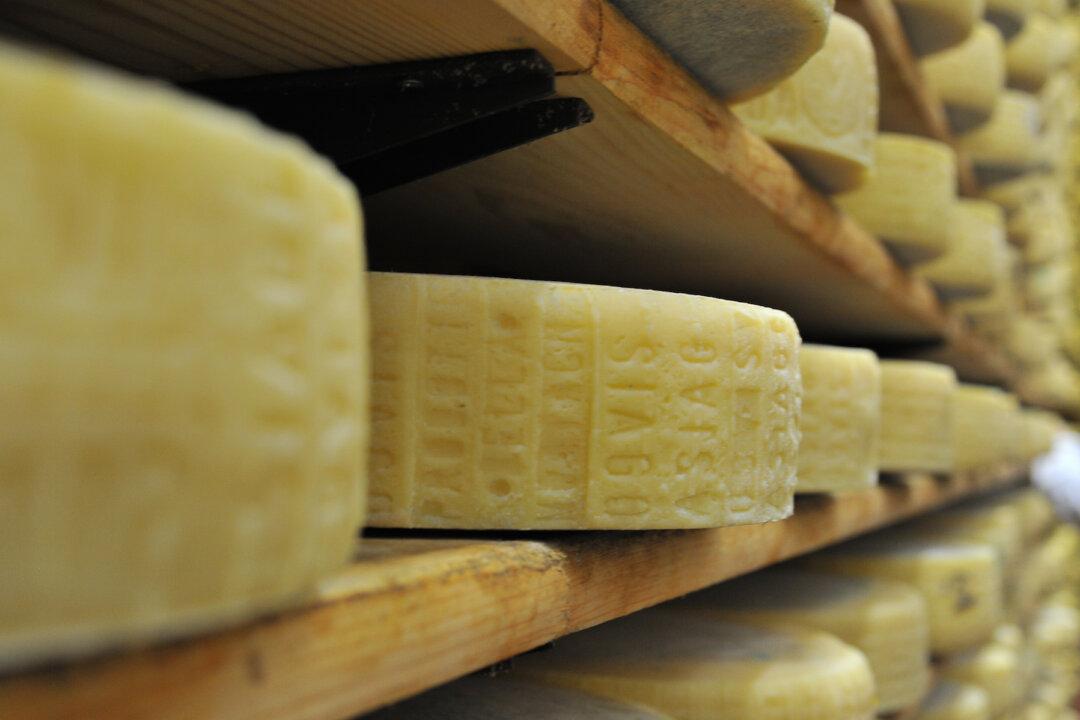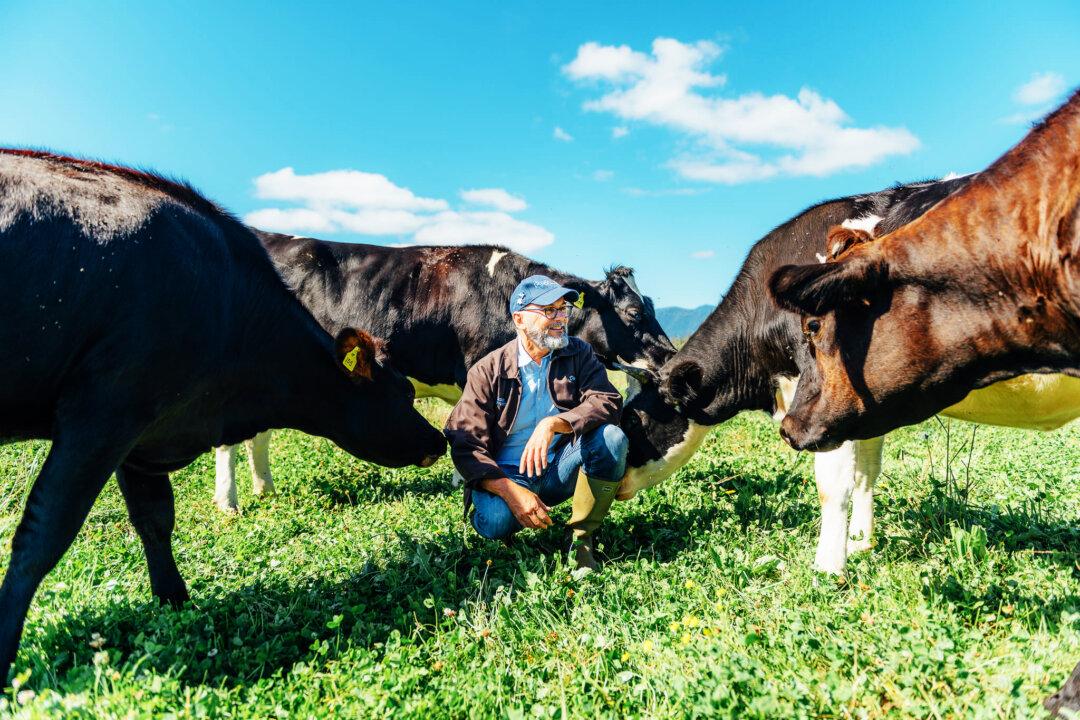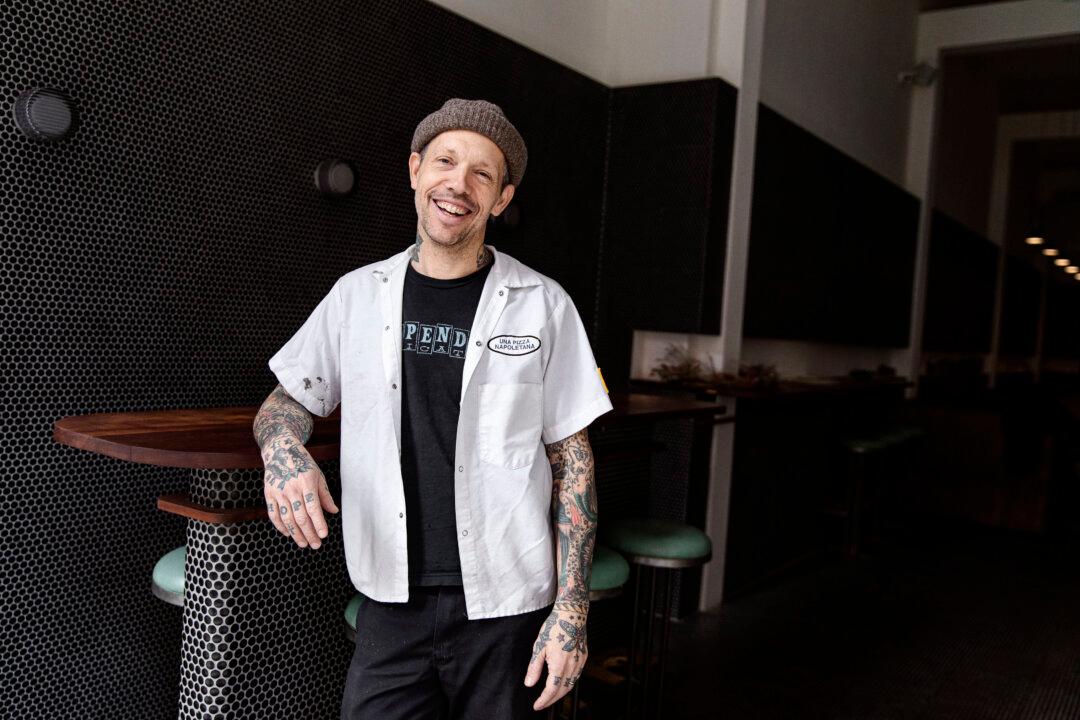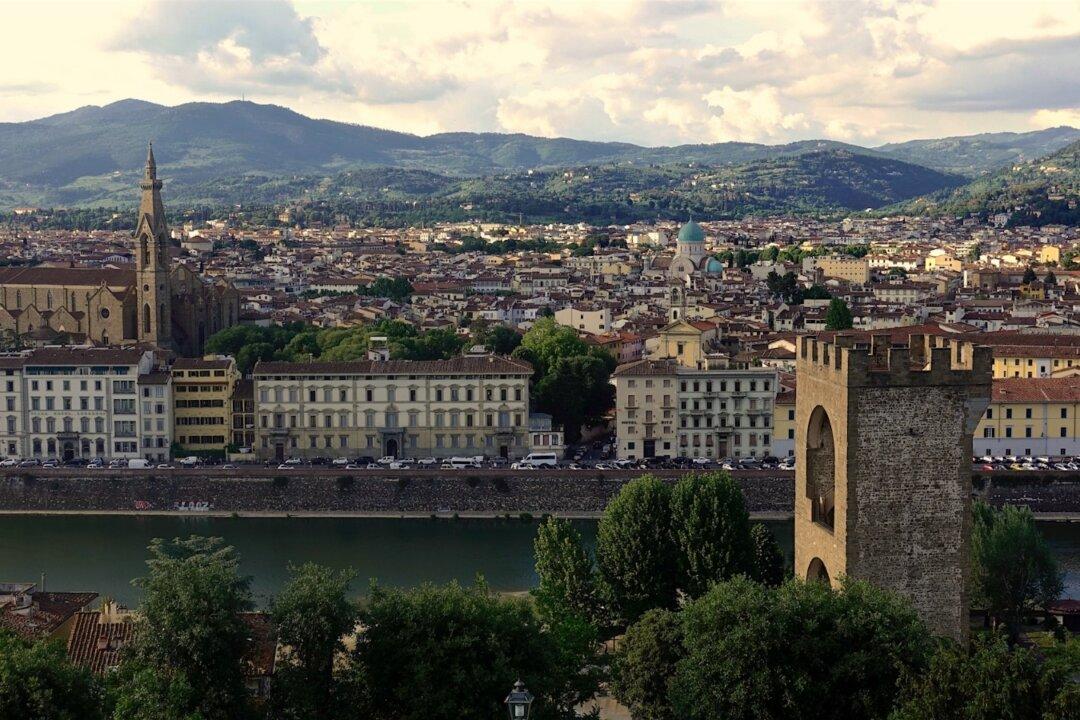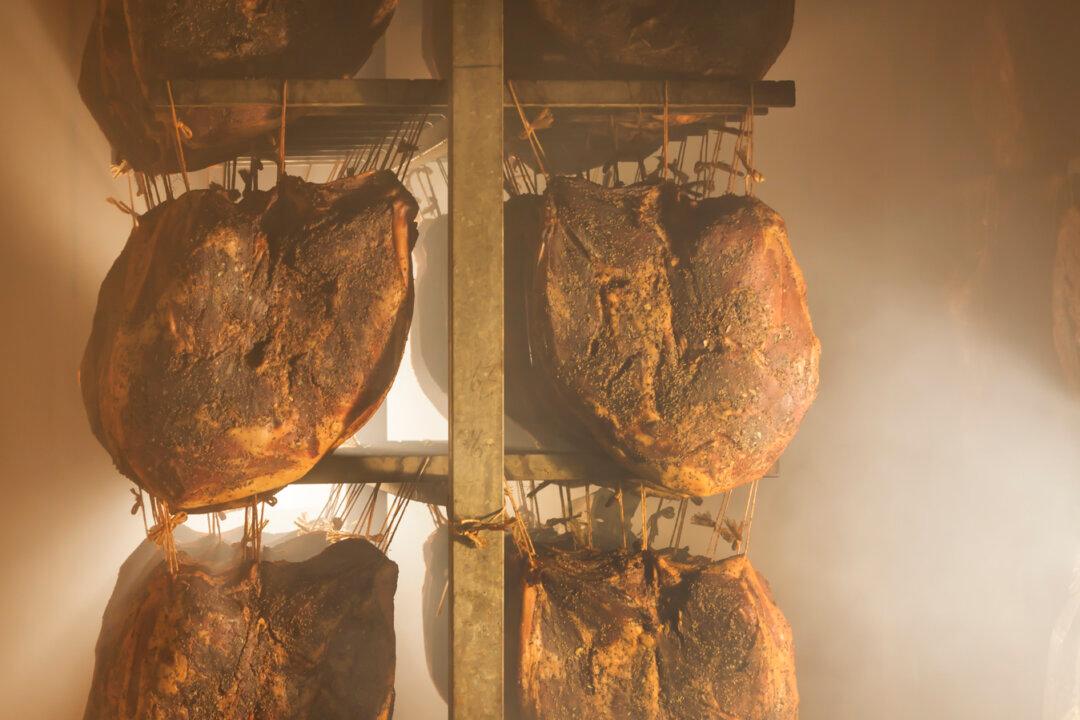CALTRANO, Italy—It’s a gorgeous late summer morning and I’m gazing at the seemingly endless, verdant Alpine pastures of Italy’s Asiago plateau from Malga Serona, a rustic cheesemaking chalet situated at an altitude of 4,160 feet above sea level. The gentle tinkling of bells from free-roaming cows happily feasting on abundant grasses, herbs, and wildflowers is the only sound. This is how I begin my first full day of a trip dedicated to learning more about the region’s namesake cheese, and the vantage point is a breathtaking introduction to what makes this formaggio so unique—and why it’s a source of great pride among locals.
The lush landscape of the Altopiano di Asiago, as the area encompassing the town of Asiago and seven other municipalities in northeastern Italy’s Veneto mountains is called in Italian, continues to dazzle me over the course of my week-long stay. The same is true of the region’s incredible history and its fabled gastronomic contribution.

